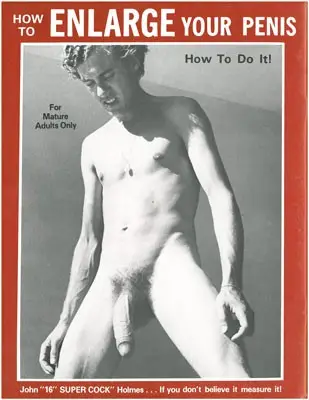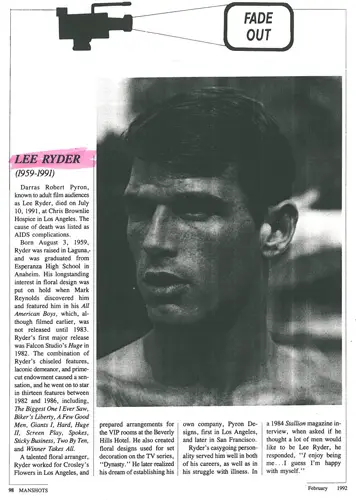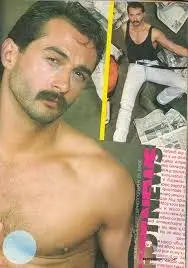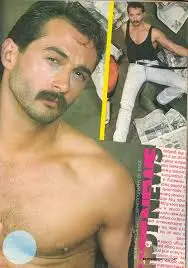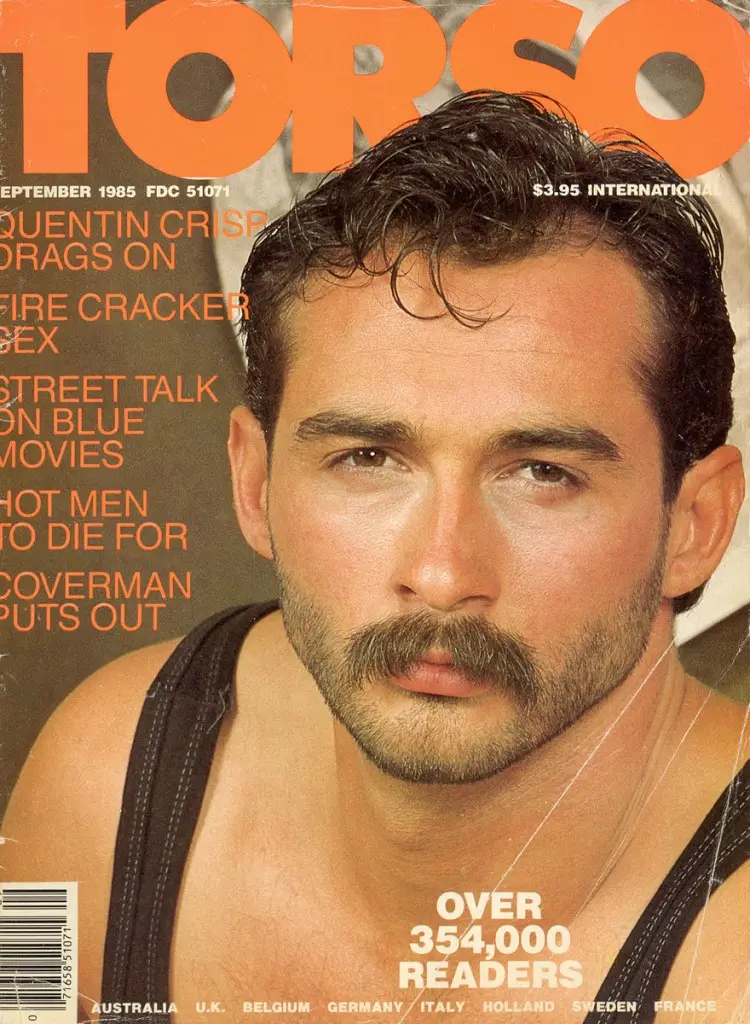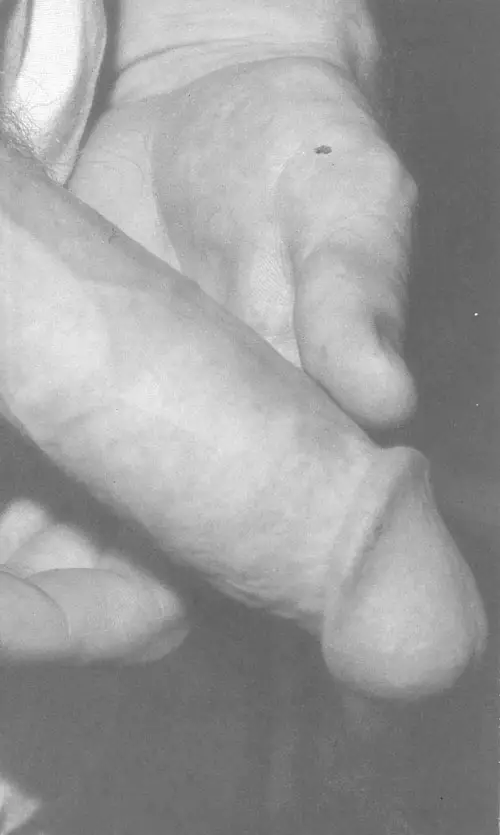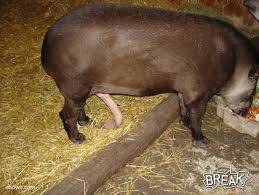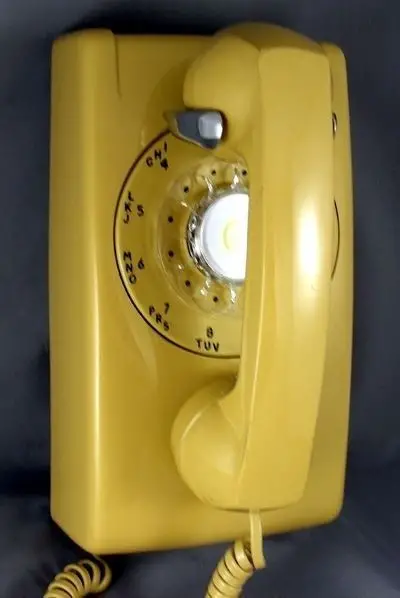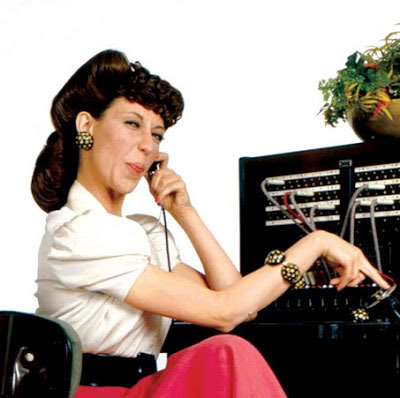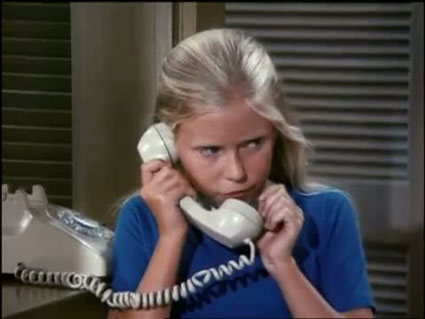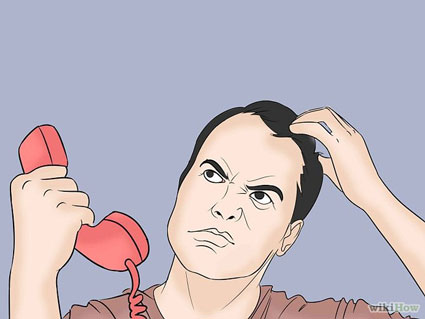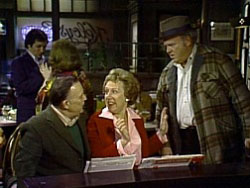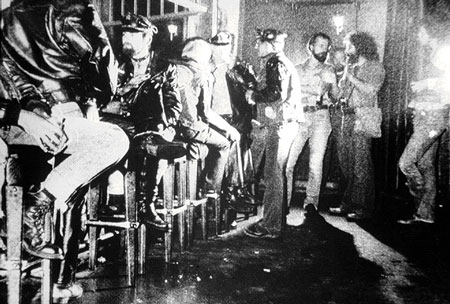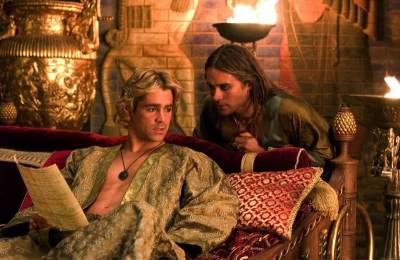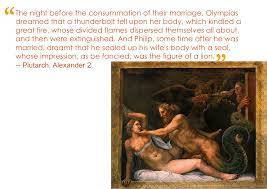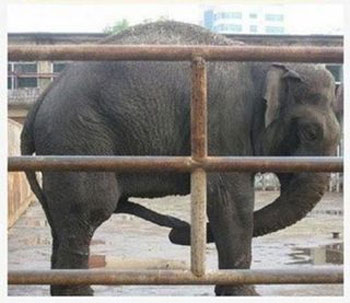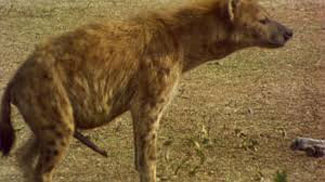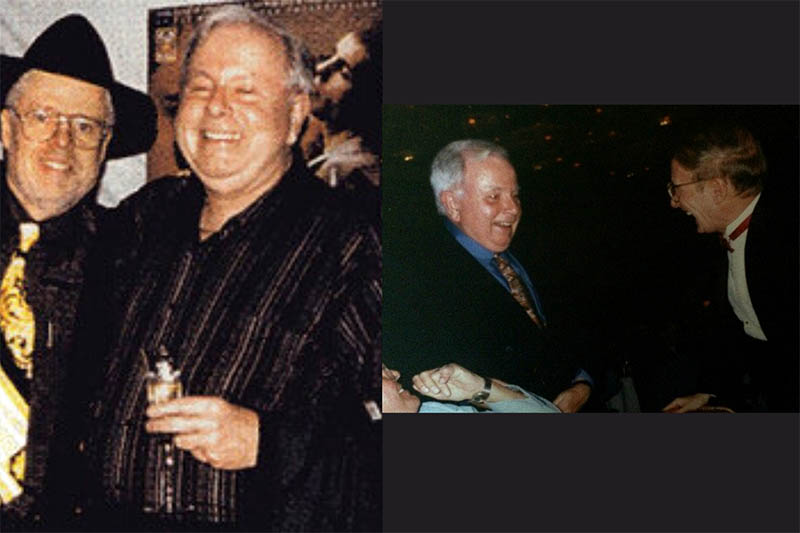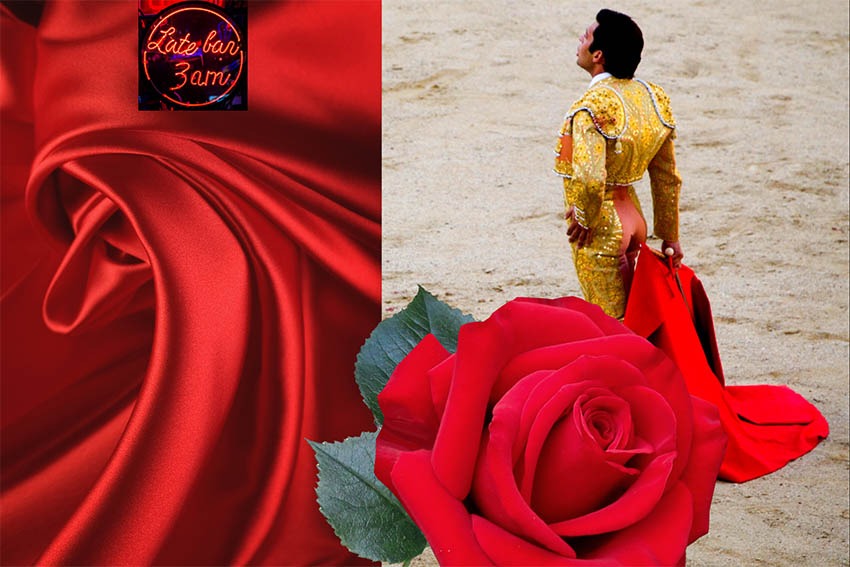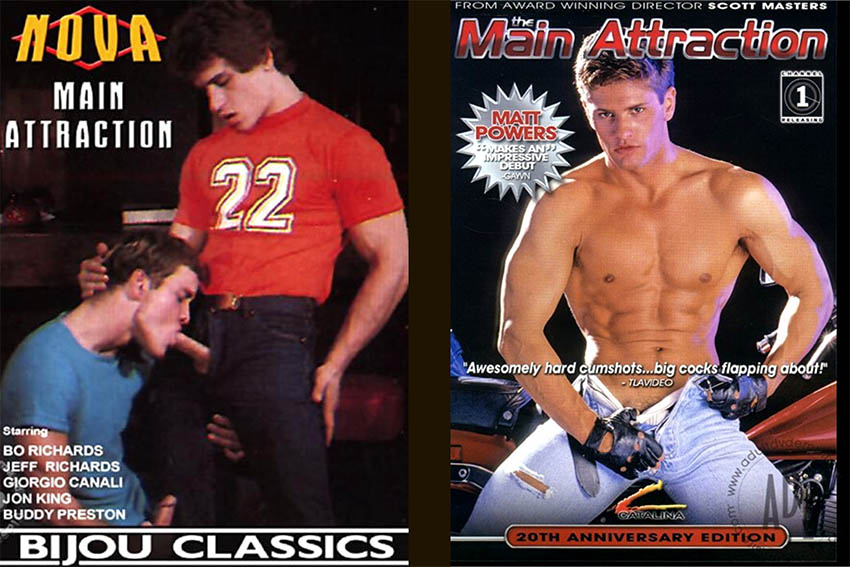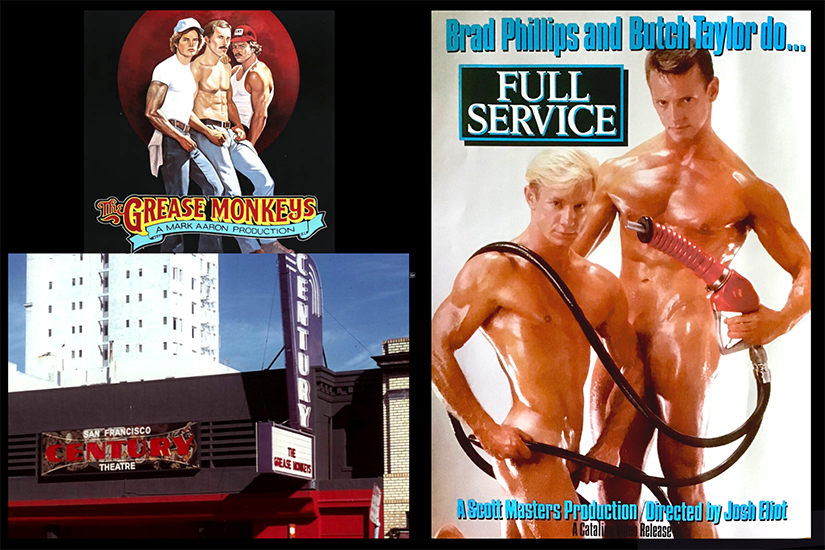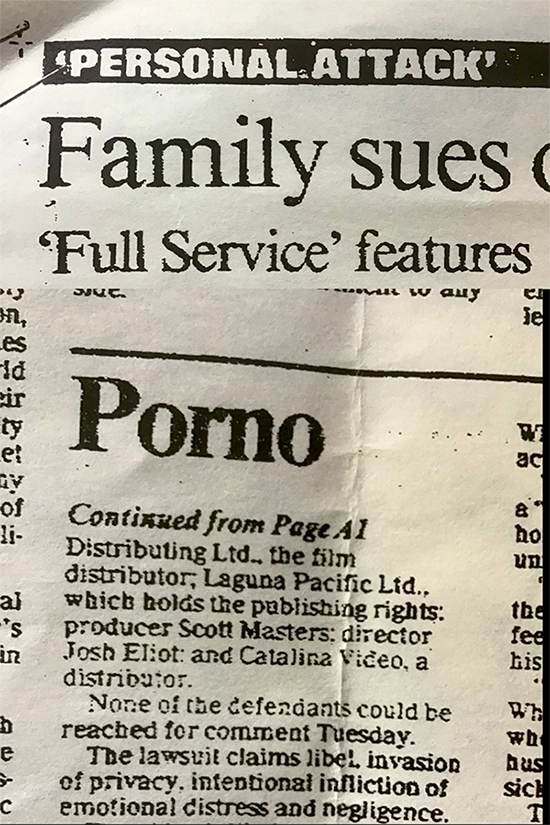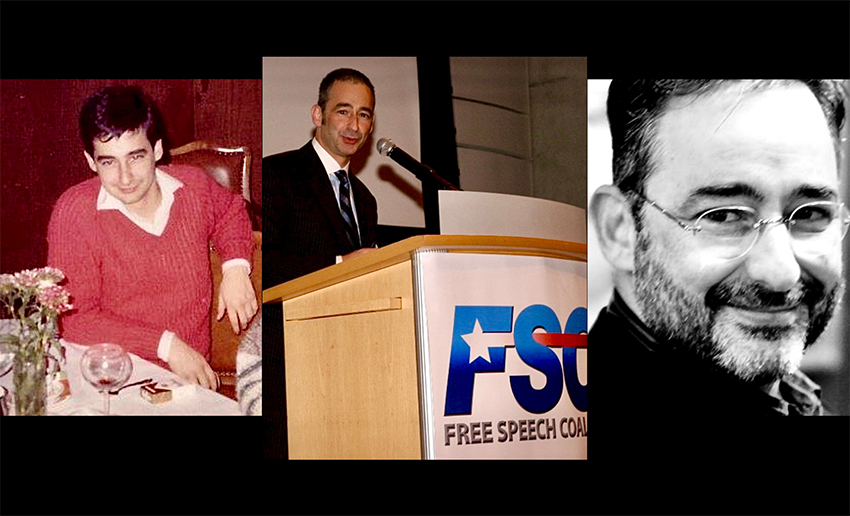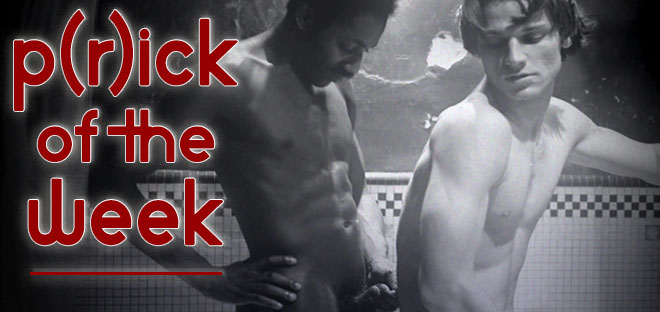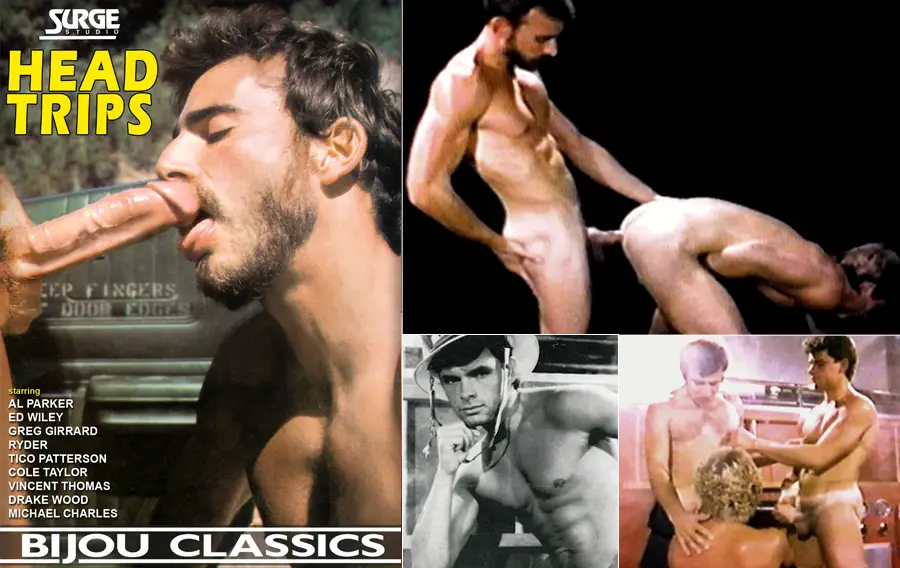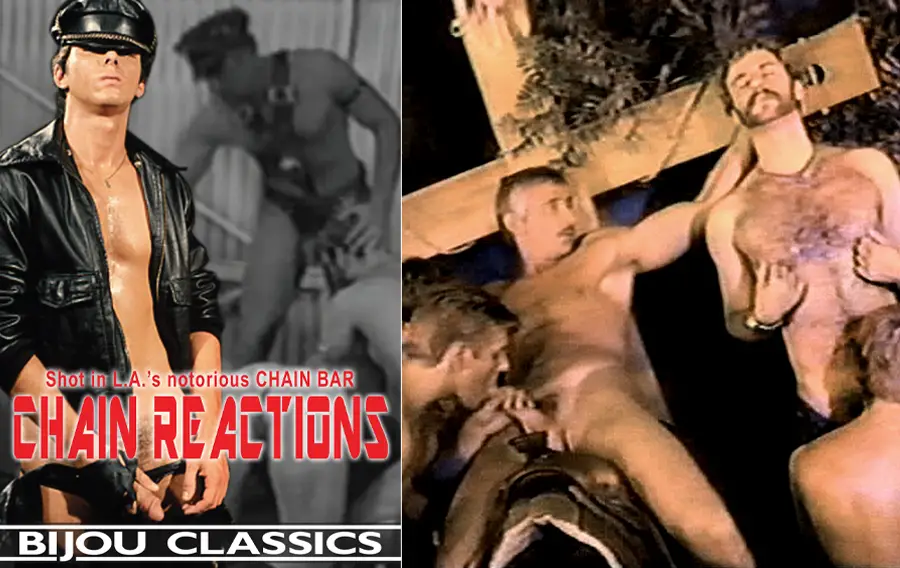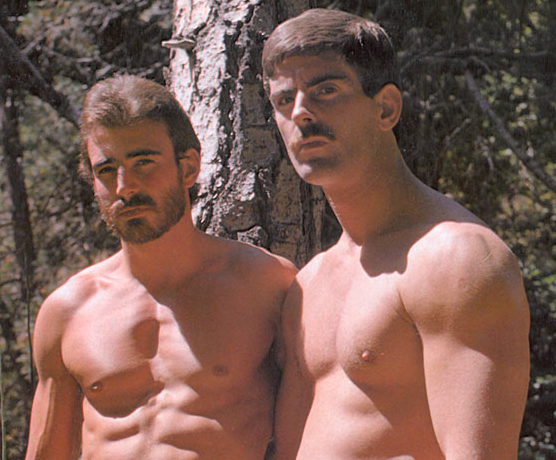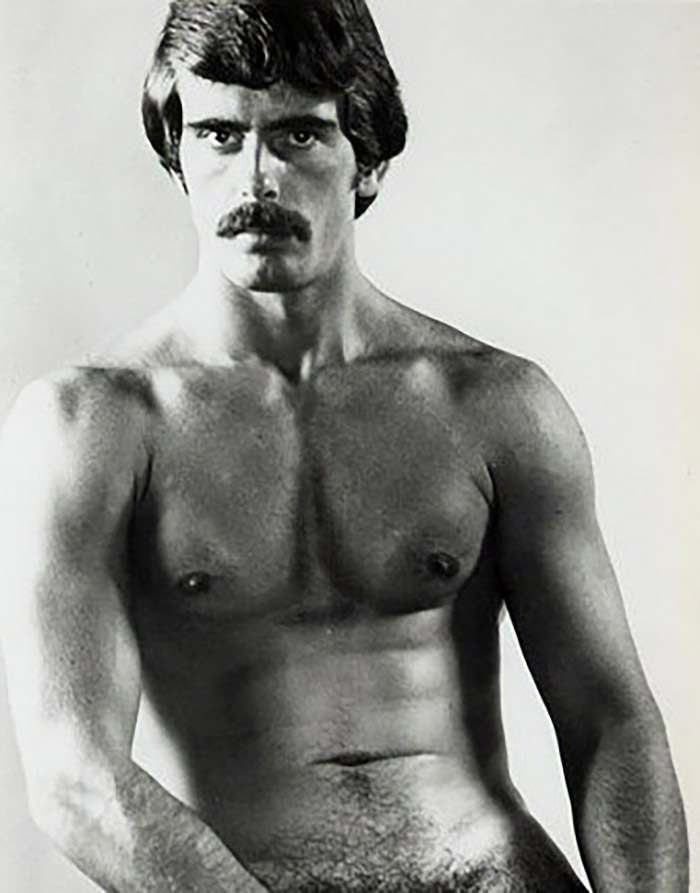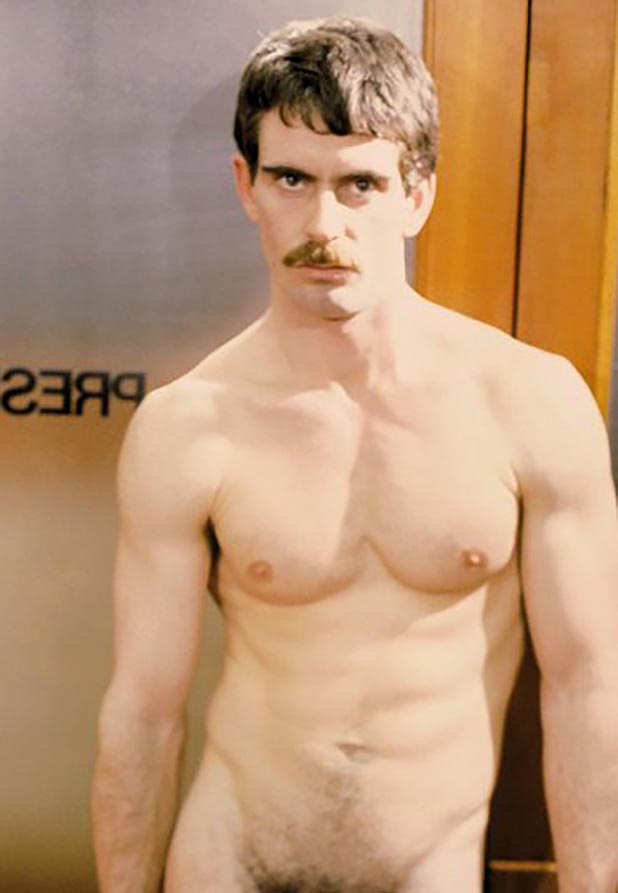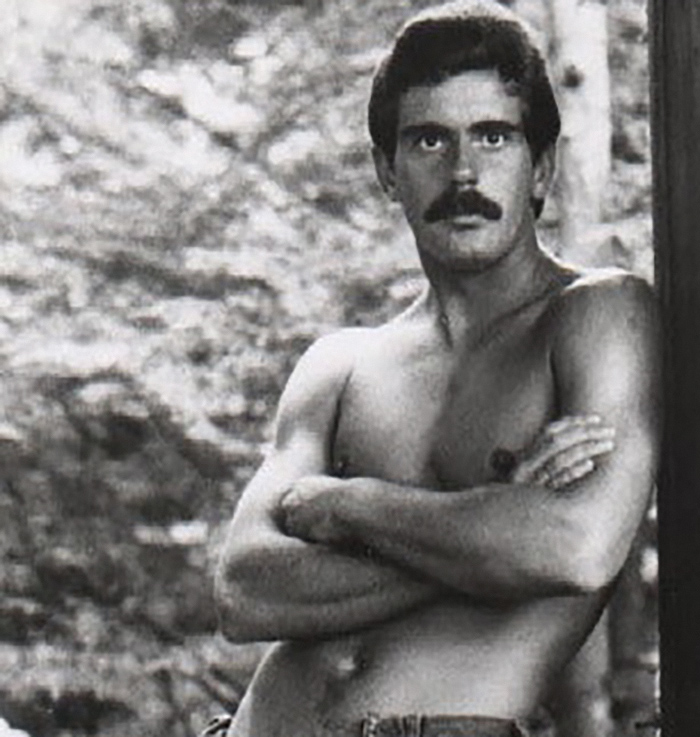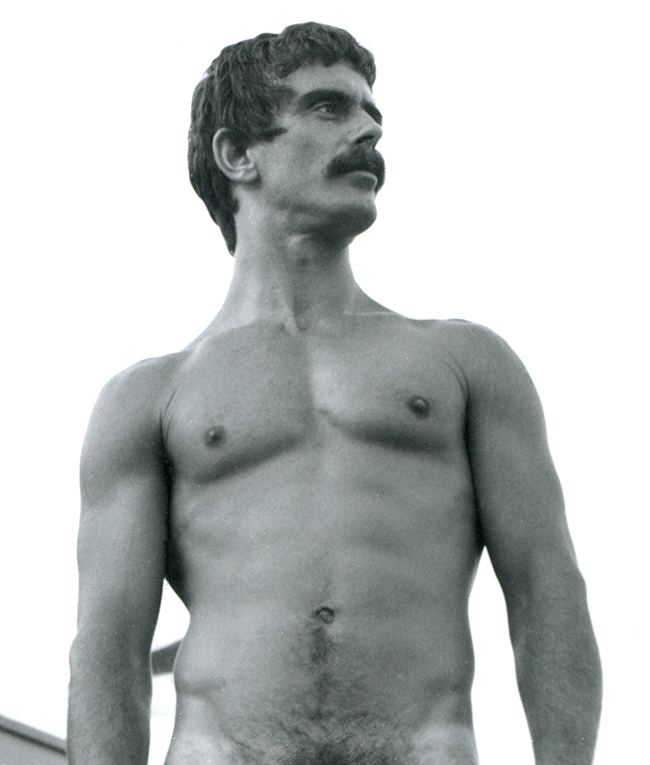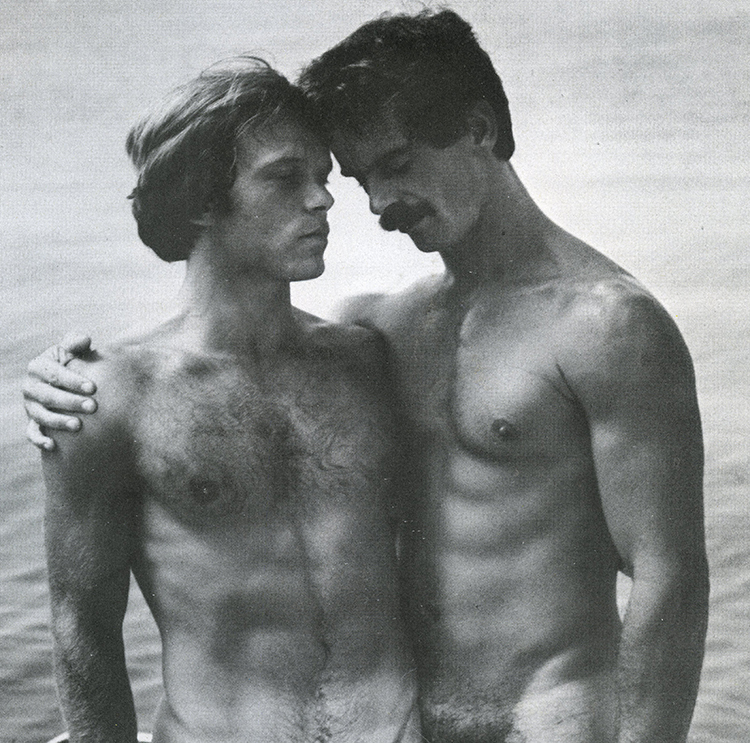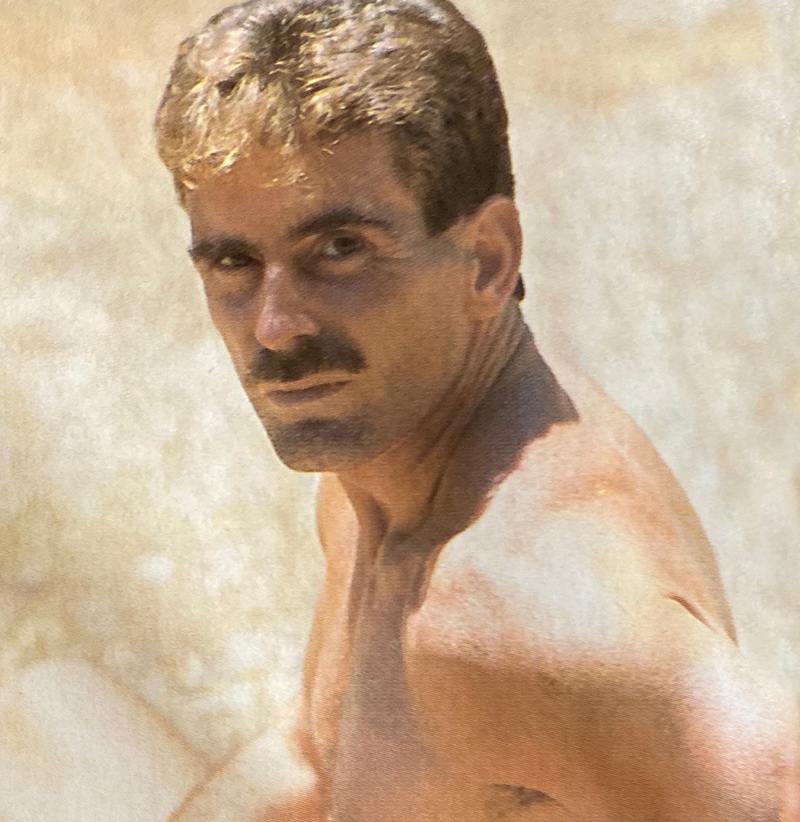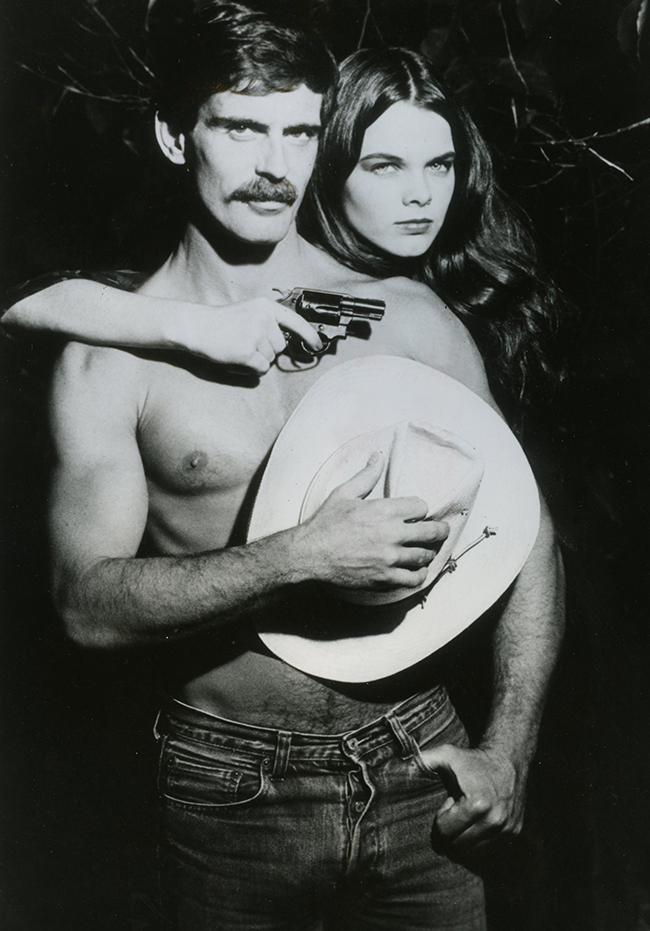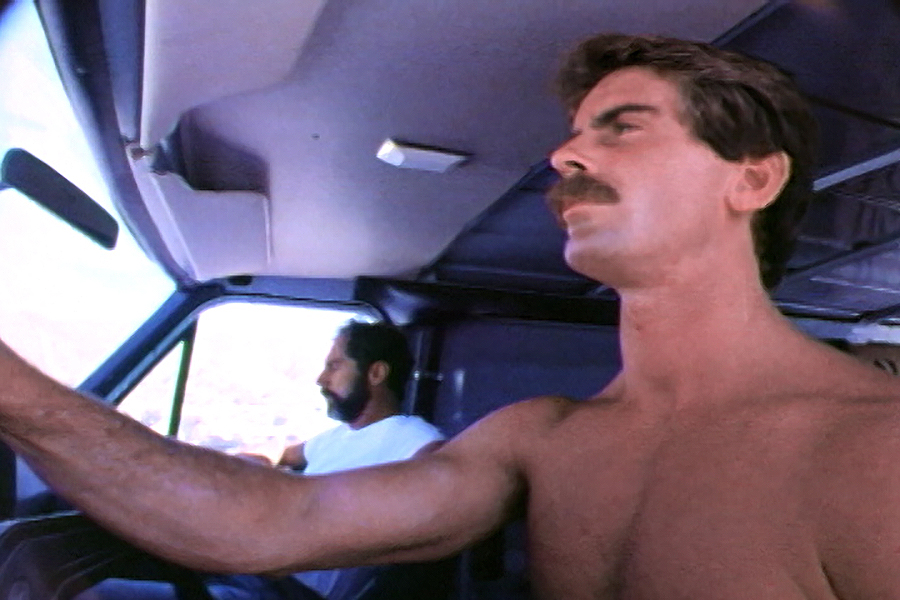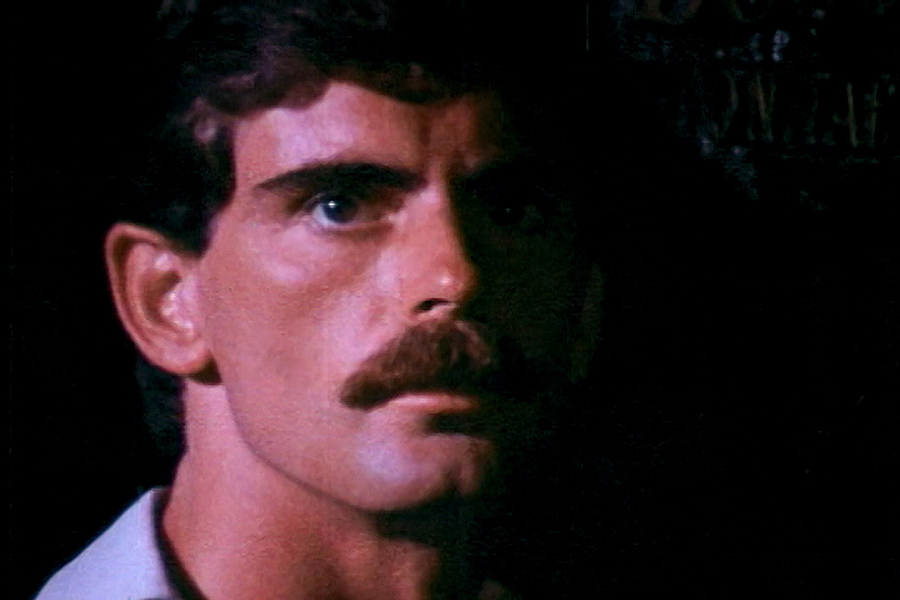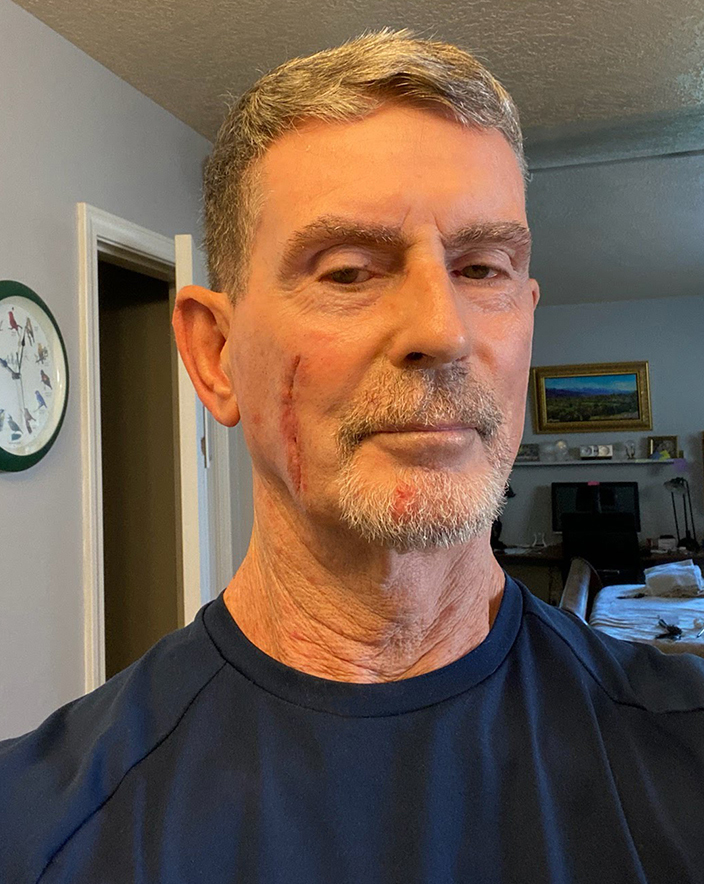By Will Seagers
I have always considered my excursion into the porn business as one of sex and pleasure (and some notoriety), and not one of great financial gains. It WAS always a great deal of fun to make porn - whether it be print or film. Most people involved were there to create a medium that was intended to make the viewer have fun!
When I first started, it was in print medium - mags, calendars and the like. Names like Man's Image, Target and Falcon are first to come to mind. Not much money was to be gotten from these adventures. I didn't complain - I figured out rather quickly from my first few shoots what the going rates were for the more notable studios. So, I called it my "Pin Money."
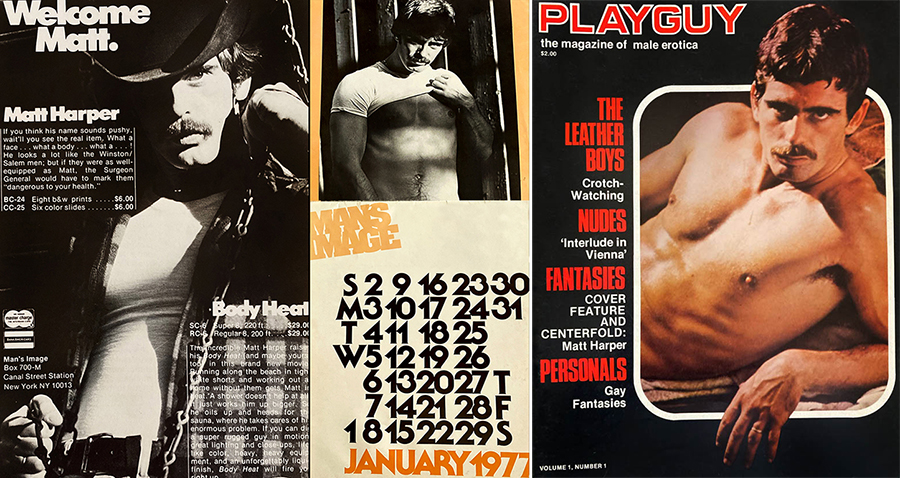
Will Seagers in a Man's Image calendar & on the cover of the first issue of Playguy
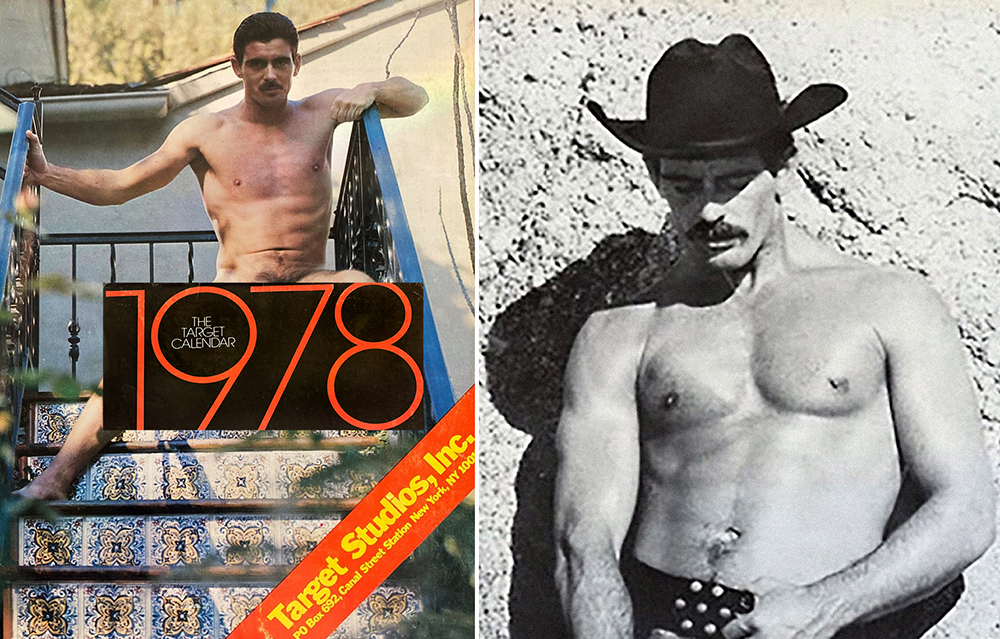
1978 Target calendar & a Target magazine in connection with Bullet's Cowpokes
Now, being that this was not nearly enough money to support myself, (especially living in the fair city of San Francisco), I always kept myself gainfully employed with what I called my regular job, as well. I worked in several gyms and gay clubs in town over the years. In terms of the clubs, I always wanted to play music. So, one of my first outlays with the pin money was for a pair of turntables, a mixer and a modest sound system. All of this was for the purpose of teaching myself how to be a DJ. It started off with making cassette tapes for friends and "getting the word out!" The pin money and odd jobs helped me scrape enough together to buy a fairly recent model FIAT 124 Spider!
 Fiat 124 Spider and Will's following car, a Peugeot 504
Fiat 124 Spider and Will's following car, a Peugeot 504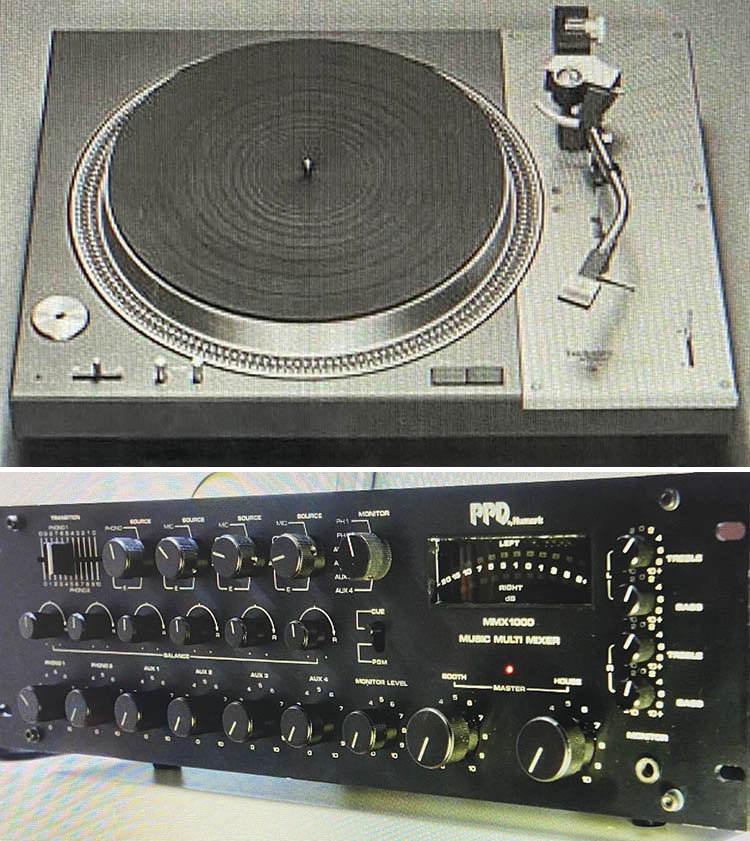
Will's first turntable and mixer
I had the unique fortune to be reaching a high point in my porn career at the same time. (Don't think I didn't I didn't use that to my advantage!) So, when I showed up with my demo tape of my music in person... sometimes the tape was never even heard! I played at a couple of noteworthy establishments in San Francisco's Castro District - namely The Badlands, the Phoenix and finally Moby Dick Bar. But, I certainly cannot leave out the night club Dreamland from the list. Two of my friends who were an integral part of that club, Roy Shapiro and Michael Maier, heard my tapes. I was summoned to perform for "Easter Sunday Tea Dance" in 1980. I stayed with that venue for a year or so. (I quickly found out that I was not the kind of DJ that played all through the night and into the morning hours!)
Towards the end of my four-year engagement at the Badlands, I began to tire of bar life and being up all night. A "Regular Job" fell out of the sky through my friend and salesman Harold Banks at Eber electronics. Now in my mid thirties and my porn career starting to slow down a bit, I took on the mantle of "Electronics Maven of Castro Street!" I still played music on Sunday nights at Moby Dick Bar through my connection with my friend and the manager, Michael Goglia. That place was the last where I played records... and my favorite!
So, that accounts for the early years. They were great (if not chaotic!). In 1991, my "Guardian Angel" tapped me on the shoulder telling me it was time for a trip back home (back east) and a reassessment of where I was on life's trail. I loved San Francisco! It was where I found out who I was and what I could become. And, I am glad to have been there for the golden years of that city!
Bio of Will Seagers:
Will Seagers (also credited as Matt Harper), within his multifaceted career and participation in numerous gay communities across the country in the '70s and '80s and beyond, worked as a print model and film performer. He made iconic appearances in releases from Falcon, Hand in Hand, Joe Gage, Target (Bullet), J. Brian, Steve Scott, and more, including in lead roles in major classics like Gage's L.A. Tool & Die (1979) and Scott's Wanted (1980). He brought strong screen presence and exceptional acting to his roles and was scene partners with many fellow legends of classic porn.

You can read Will Seagers' previous blogs for Bijou here:
Welcome Matt/Will
What's For Dessert?
On and Off the Set of L.A. Tool & Die
Wanted, Weekend Lockup and Weekends in Hermosa Beach
Honeymoon in the Palms
Birds of a Feather
The Stereo Maven of Castro Street
The Pass Around Boy
The Ecstasy and the Agony
Fitness and Fantasy: The Early Gyms
Chasing the Boys and Chasing the Sun: My Story of Sun Worship and Where It Got Me
Becoming Invisible
The Reverse Story of Dorian Gray

